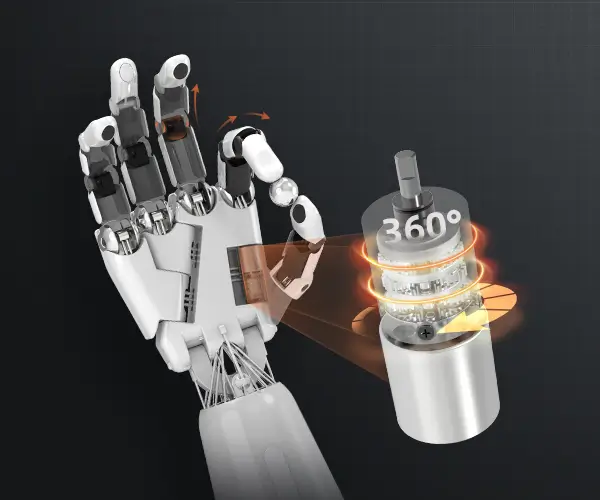Imagine a future where your application's architecture isn’t just functional but agile, resilient, and easy to scale. That’s what building microservices with Python can do for you. If you’ve ever thought about breaking down monolithic apps into manageable, independent pieces, you’re on the right track. Python isn’t just a beginner’s language anymore; it’s a powerhouse for developing microservices that can handle complex enterprise demands.

Picture this: your team is deploying new features faster than ever. With microservices, each component is like a mini-application, doing its job without stepping on others’ toes. Construction becomes modular. Maintenance? Simplified. When one part needs a tweak, it’s like fixing a single gadget instead of dismantling the entire machine. Python’s simplicity and vast library ecosystem make developing these tiny yet powerful building blocks less daunting.
How does Python really fit into microservices? Think of its popular frameworks—FastAPI and Flask—that make creating lightweight APIs straightforward. They’re like the Swiss Army knives of quick server setup. Plus, Python’s threading and asynchronous capabilities mean your services respond faster, communicating smoothly in real-time. Scalability isn’t just a buzzword; it’s embedded into how microservices operate—each piece can grow, shrink, or adapt depending on demand.
Some might wonder, what about deployment? Docker and Kubernetes are the perfect pairings with Python microservices. Containerization ensures your microservice environment stays consistent across different servers, avoiding the nightmare of “it works on my machine.” And orchestrating all these tiny services? Kubernetes handles it like a seasoned conductor, keeping the orchestra in harmony no matter how complex the symphony becomes.
The benefits are tangible. Think about reducing downtime—you can isolate faults in specific services, preventing a single glitch from affecting the whole system. Running experiments or A/B testing? Microservices make it easier to try out new features without risking the stability of your entire application. Plus, you get a clear picture of how each component performs and interacts, making troubleshooting less of a puzzle.
Sometimes, it’s worth asking—how hard really is it to get started? Believe me, Python’s clarity helps smooth out the learning curve. Once you get the hang of the basic pattern—small, independent services communicating over lightweight protocols—you’ll see how naturally it fits into modern application design.
In the end, the goal is to build a system that’s as flexible as your ideas. It’s not just about code; it’s about empowering your team to innovate faster, respond quicker, and stay ahead in a competitive landscape. Building microservices with Python isn’t just a technical choice—it’s a strategic move that aligns with the demands of today’s fast-paced digital environment. Once you see how seamless the development process can be, you'll wonder how you ever managed without it.
Established in 2005, Kpower has been dedicated to a professional compact motion unit manufacturer, headquartered in Dongguan, Guangdong Province, China. Leveraging innovations in modular drive technology, Kpower integrates high-performance motors, precision reducers, and multi-protocol control systems to provide efficient and customized smart drive system solutions. Kpower has delivered professional drive system solutions to over 500 enterprise clients globally with products covering various fields such as Smart Home Systems, Automatic Electronics, Robotics, Precision Agriculture, Drones, and Industrial Automation.




































